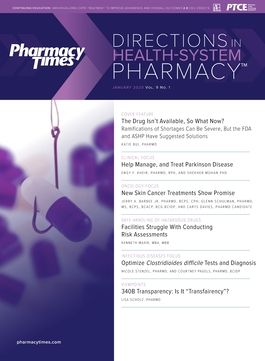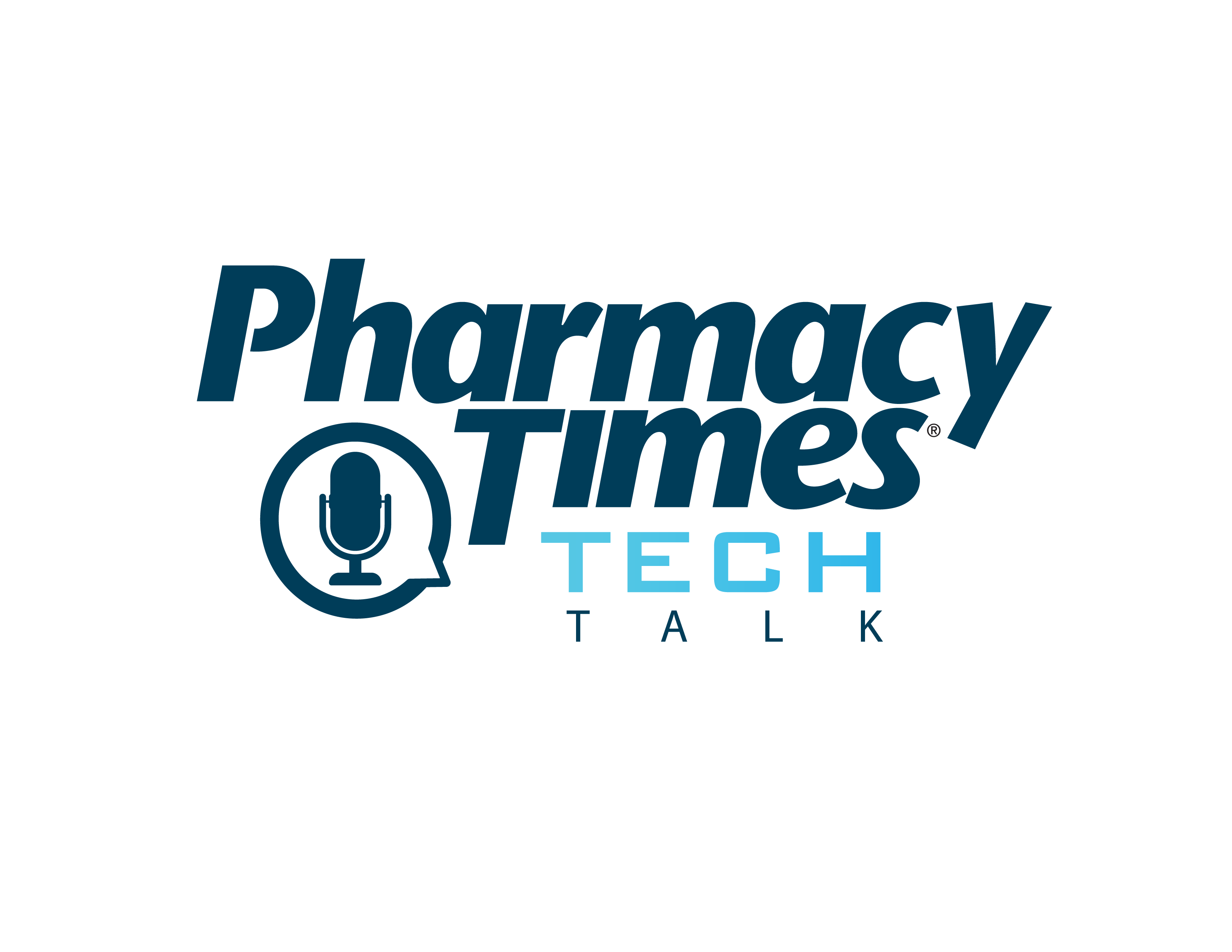Publication
Article
Pharmacy Practice in Focus: Health Systems
Facilities Struggle with Conducting Risk Assessments
Author(s):
Although they seem overwhelming, implementation of these best practices may improve long-term operational efficiency.
In February 2016, the United States Pharmacopeia (USP) released General Chapter <800> to “provide standards for safe handling of hazardous drugs (HDs) to minimize the risk of exposure to health care personnel, patients, and the environment.” 1
The rule provided much-needed codification around the handling of HDs, following research that found improper employee exposure may lead to both acute and long-term health effects. The scope of USP <800> represents standards that apply to all personnel who compound HD preparations and all production phases where this activity may occur, including receiving, storing, compounding, dispensing, administering, and disposal. As USP <800> has taken effect, one recommended step with which health care facilities have struggled is conducting risk assessments.
USP 800 has a provision for certain drugs on the National Institute for Occupational Safety and Health (NIOSH) list that do not have to follow all the containment requirements of this chapter if a risk assessment is performed and implemented. These drugs include final dosage forms of compounded HD preparations and conventionally manufactured HD products, including antineoplastic dosage forms that do not require any further manipulation other than counting or repackaging (unless required by the manufacturer). This rule allows organizations to decide which containment strategies and work practices they will enact for these medications.
This risk assessment should include an overview of how each drug is used and by whom; what the potential exposure is for those individuals; what the consequence of such exposure would be; containment strategies to minimize this risk; and contingency plans for how to best address exposure, if it were to occur. Through this process, organizations can understand how broadly USP <800> applies to them, then prioritize compliance actions. Facilities that decide not to conduct a risk assessment, no matter which HDs they use, must follow the full set of guidelines.
The first step for any organization that decides to conduct a risk assessment is to create a comprehensive list of HDs available in the facility. Included in this list, for each HD, is its type, name, and dosage form(s) in which it is available. At the beginning of this process, many facilities do not have a complete list of HDs in their facility. Per USP <800>, a HD is any drug identified as such by NIOSH on the basis of carcinogenicity, teratogenicity, or developmental toxicity; reproductive toxicity in humans; organ toxicity at low doses in animals or humans; genotoxicity; or being a new drug that mimics an existing HD in structure or toxicity. These drugs are listed in Tables 1, 2, and 3 in the NIOSH document.2
After creating a list of HDs, a facility’s next step is to determine how an employee could get exposed to each of these drugs during various steps in the medication management process: receiving, storing, compounding, dispensing, administering, and disposal.
To give a broad example, during receiving and storage, exposure experienced by an employee could be via ingestion, inhalation, or injection, or through the skin or eye. Such exposure could be caused by contact with HD residues that are present on drug containers, individual dosage units, outer containers, work surfaces, or floors, either in the receiving or storage areas.
Once the medications and risks of exposure have been identified, the next step is to identify what practices should be undertaken so that the risk associated with handling the HD will be mitigated. One mitigation strategy, for instance, is the use of personal protective equipment, including gloves that meet American Society for Testing and Materials standard D6978. Organizations going through risk assessment have moved toward having only this type of glove available for use by nursing personnel, as they did not want to double the glove stock on the nursing units and they did want to eliminate the possibility of staff members selecting the incorrect glove. Another strategy entails facilities removing the process of crushing, cutting, or splitting Table 1 drugs out of the nursing units and into the pharmacy.
When risk assessment is complete, the final step in the process is to educate all staff members who could, potentially, come into contact with the HD, so they clearly understand their risk. After receiving the education and training, the trained staff members should sign an acknowledgment of risk to be maintained on file at the facility or other centralized location.
For some facilities, the prospect of completing a risk assessment may seem overwhelming. However, it should comfort them to know that, in addition to reaching the primary goal of improving worker health and safety, implementation of these best practices may also improve long-term operational efficiency.
For additional information, facilities may review free resources on USP’s website, including the organization’s overview and frequently asked questions sections for the chapter.1
REFERENCES
- Home page. United States Pharmacopeia website. usp.org. Accessed January 2, 2020.
- NIOSH list of antineoplastic and other hazardous drugs in healthcare settings, 2016. CDC website. cdc.gov/niosh/docs/2016-161/pdfs/2016-161.pdf. Published February 2016. Accessed January 2, 2020.







